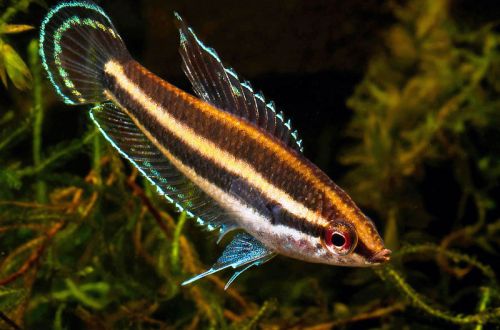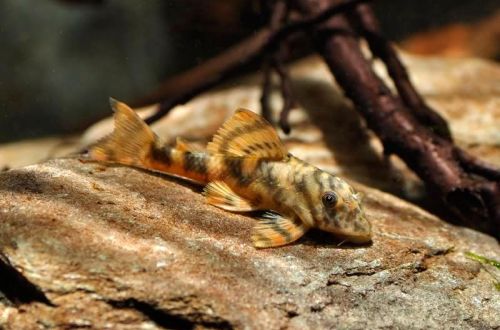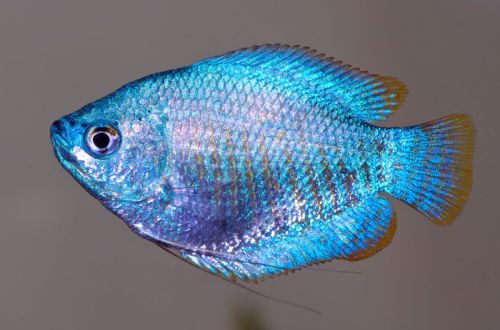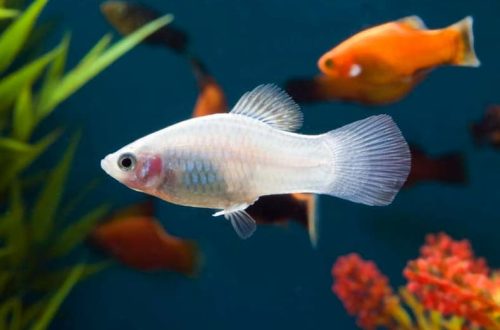
Parosfromenus Deissner
Parosfromenus Deissner or Kupanus Deissner, scientific name Parosphromenus deissneri, belongs to the Osphronemidae family. A beautiful little fish that requires certain conditions of detention, so its needs determine the arrangement of the aquarium and the choice of neighbors. Not recommended for beginner aquarists as a first fish.

Contents
Habitat
Endemic to the Indonesian island of Bangka (Indon. Pulau Bangka), located east of Sumatra. It occurs in shallow swampy reservoirs with dense aquatic vegetation among the remains of a tropical forest, the area of uXNUMXbuXNUMXbwhich has been greatly reduced due to active human activities (the island is the world’s largest producer of tin).
Brief information:
- The volume of the aquarium – from 40 liters.
- Temperature – 22-28°C
- Value pH — 3.0–6.5
- Water hardness – soft (1-4 dGH)
- Substrate type – any soft
- Lighting – subdued
- Brackish water – no
- Water movement – little or no
- The size of the fish is up to 4 cm.
- Food – mostly live or frozen food
- Temperament – conditionally peaceful, males are aggressive towards each other
- Keeping as a pair of male / female or in the form of a harem
Description
Adult individuals reach a length of no more than 4 cm. The body pattern consists of several wide horizontal stripes of a dark and dull yellow hue. The fins and tail are broad black with bright blue markings. In the mating season or in a state of aggression, the colors become more intense. This coloration is characteristic primarily of males, females are less expressive.
Food
The basis of the diet should be live or frozen food (bloodworm, daphnia, brine shrimp). Dry and freeze-dried food is used only as a supplement, however, some breeders have been able to successfully adapt fish to receive these products. Before buying, be sure to check what Parosfromenus Deissner is fed at the pet store.
Maintenance and care, arrangement of aquariums
The optimal tank size for one pair of fish starts from 40 liters. The design uses a large number of rooting and floating plants, a soft substrate and various shelters in the form of snags, decorative objects (wrecks, castles, etc.), or ceramic pots, vessels overturned on their side. The latter can become potential spawning grounds.
Leaves and cones of trees, such as alder, placed on the bottom, not only complement the design, but also create water conditions characteristic of the natural habitat. As they decompose, tannins are released, which turn the water light brown and lower the pH. Leaves and cones are pre-dried and then soaked in a container (plate) until they sink and only then placed in an aquarium. Updated every two weeks.
In order to maintain the required hydrochemical parameters, it is also recommended to use filters with peat-based filter material.
The aquarium equipment is adjusted to the needs of the fish, namely low light levels and no internal current. An indispensable element should be a tight cover that prevents accidental jumping out and provides a warm, moist layer of air above the surface, which is important for the respiration of labyrinth fish species.
Maintenance comes down to regular cleaning of the soil from organic waste (excrement, uneaten food residues), weekly renewal of part of the water (10–15% of the volume) with fresh water.
Behavior and Compatibility
Males of Kupanus Deissner are intolerant of each other and engage in skirmishes for territory, so their joint keeping should be excluded. The best option is one male and several females, the company of which can be made up of peaceful representatives of cyprinids, capable of living in similar conditions. Avoid introducing closely related species, such as Parosfromenus dark, the fish can produce hybrid offspring.
Breeding / breeding
Usually spawning takes place in small caves (ceramic crusts will come in handy) or among fallen leaves. With the beginning of the mating season, the male determines the place and begins to actively invite the female there, while driving away any competitor. He performs peculiar ritual dances, swimming around the female almost vertically with his head down, fluffing his fins as much as possible. When the female is ready, they swim into the shelter and produce up to 40 eggs, then the female leaves the clutch. The male remains to protect future offspring until the fry get out and hide and begin to swim on their own.
If there are other types of fish in the aquarium, the juveniles should be transplanted, since the protection of the parents can no longer be counted on.
Fish diseases
The main cause of most diseases is unsuitable living conditions and poor-quality food. If the first symptoms are detected, you should check the water parameters (pH and dGH) and the presence of high concentrations of hazardous substances (ammonia, nitrites, nitrates, etc.), if necessary, bring the indicators back to normal and only then proceed with treatment. Read more about symptoms and treatments in the Aquarium Fish Diseases section.





